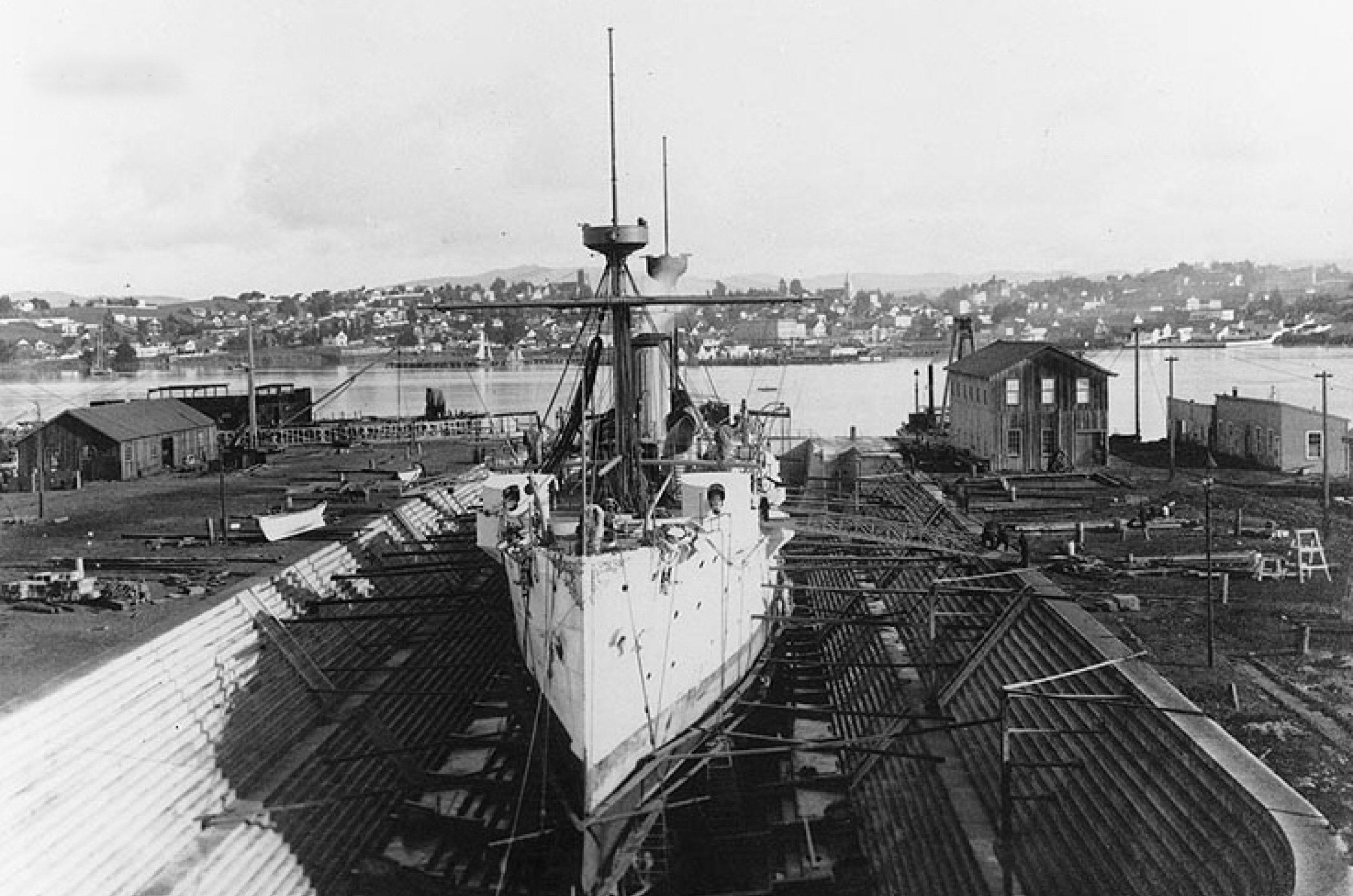
Mare Island:
Building on History
Mare Island has a long, colorful history. From early native inhabitants, through the 150 years that Mare Island Naval Shipyard played a key role in world events, to today’s new era of innovation, the island has always been a place where community, industry, and history are made.
“The Mare Island Company Begins
The “people behind the place” — catalysts of the shared opportunity this rich natural and built environment inspires”
“Innovation Incubation
Savage & Cooke Distillery, Mare Island Brewing Company, and Factory OS establish their businesses on Mare Island, signaling a new era of makers, creators, and innovators.”
“Mare Island Opens To The Public
For the first time in 150 years, Mare Island is opened for public access and begins commercial building rehabilitation, new residential construction, and in 2016 commuter ferry service to San Francisco begins.”
“The Base Closure
After 143 years of shipbuilding, Mare Island Naval Shipyard ceases operations and is officially decommissioned. In 1999, the Historic Park Services adds Mare Island as a Historic District to the National Register of Historic Places.To learn more about the history of Mare Island, visit the Mare Island Historic Park Foundation website.”
“Cold War
For 20 years, the island’s highly classified and critical “Ivy Bells” program sends nuclear subs into Soviet waters to gather intelligence.”
“100th Anniversary
Mare Island celebrates its 100th anniversary with a four-day party, attracting thousands. It was also the 50-year anniversary of the first naval wireless station on the pacific coast.”
“World War II
Mare Island Shipyard reaches its highest productivity during World War II. As one of the busiest shipyards in the world, peaking at almost 100,000 workers, teams worked around the clock in three shifts. Of the 9,000 women employed, there were many “Wendy the Welders”, but the era of “Rosie the Riveter” had passed.
”
“World War I
The race was on to quickly produce ships to help in the defense of America’s European allies. In 1918, Mare Island Shipyard launched the USS Ward, built in just 17.5 days, by pre-fabricating large sections of the ship. That record stands to this day.”
“Growth
Captain’s Row, Officer’s Mansions are built after many are destroyed in the 1898 earthquake, along with the St. Peter’s Chapel, the Navy’s first inter-denominational chapel (today the longest surviving Navy chapel in the United States). The Pacific Coast’s first radio message is transmitted from the island. Evacuees from San Francisco’s Great Quake arrive. And the Navy’s first aircraft carrier (Jupiter, later rechristened Langley) is built here.”
“Civil War
During the Civil War, Admiral Farragut utters his famous “Damn the torpedoes...full speed ahead!” at the Battle of Mobile Bay. Mare Island Commandant James Alden encourages captains to bring trees back from voyages to plant here, which accounts for the island’s vastly divergent vegetation. The island’s Naval Hospital is built.”
“Naval Shipyard Founded
Admiral David Glasgow Farragut oversees construction of what will become the West Coast’s first US Naval shipyard; eventually the West Coast’s premier shipbuilding port. The first ship built at Mare Island, the Saginaw paddle-wheel gunboat, is finished in 1859.”
“Mare Island
According to legend, in 1835 a ship carrying General Mariano Guadalupe Vallejo’s prized white mare capsized. General Vallejo later found the mare on “Isla Plana”, having survived by swimming ashore, and named this place “Isla de la Yegua” – Island of the Mare.”

